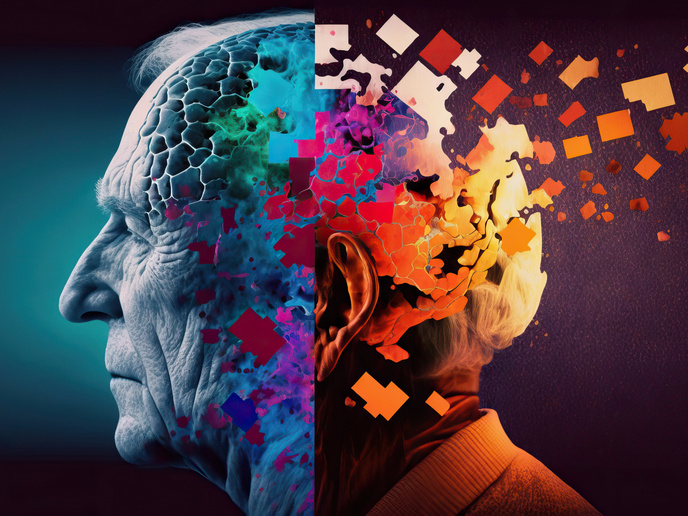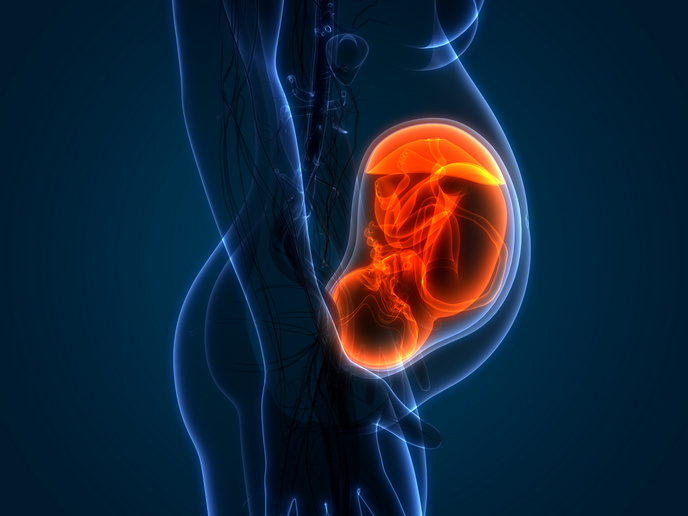Processing visual object information
Scientists working on the project IVOR (Neuronal substrates of invariant visual object recognition in rats) combined psychophysics, multi-units neuronal recordings, mapping of immediate-early genes (IEGs) expression, and machine learning tools to study how the rat brain processes visual object information. Scientists completed the behavioural study underlining the shape processing strategy in the rat brain and results were published in the Journal of Neuroscience. They found that the rat brain processes visual objects using a combination of invariant multiple features for recognition or discrimination between objects. The IEG-based neuroanatomy study of the rat visual and association cortex is also complete looking in particular at c-fos, a transcription factor often expressed during neuronal activity. Researchers mapped the expression of IEG c-fos in the rat brain after exposure to different visual, tactile or visuo-tactile environments. Stained cell density counts indicate that visual object recognition in the rat brain involves a cascade of cortical areas. The signals begin in the primary visual cortex (V1), spread laterally to the secondary visual areas (V2L) until they reach the temporal association cortex (TeA) and terminate in the perirhinal cortex. Preliminary findings from the neuroanatomy study proved useful for the neurophysiology experiments in the rat occipitotemporal visual cortical areas. Multi-electrode neuronal recordings of these areas were performed in anaesthetised rats. The rats were presented with ten objects, each transformed along various variation axes (e.g. position, size, viewpoint etc.). Results indicated an increase in object selectivity and transformation-tolerance of neuronal responses from V1 to TeA. The temporal areas in the brain coded for higher-order visual features than the more medial areas. This suggests that an object-processing pathway exists in the rat brain, with properties that are reminiscent of the primate ventral stream. IVOR has highlighted the utility of the simpler and less expensive rat model systems for the study of higher level visual functions. Besides quicker results in comparison to primate models, researchers successfully obtained new insight into the neuronal machinery involved in object representation in the mammalian vision system.







